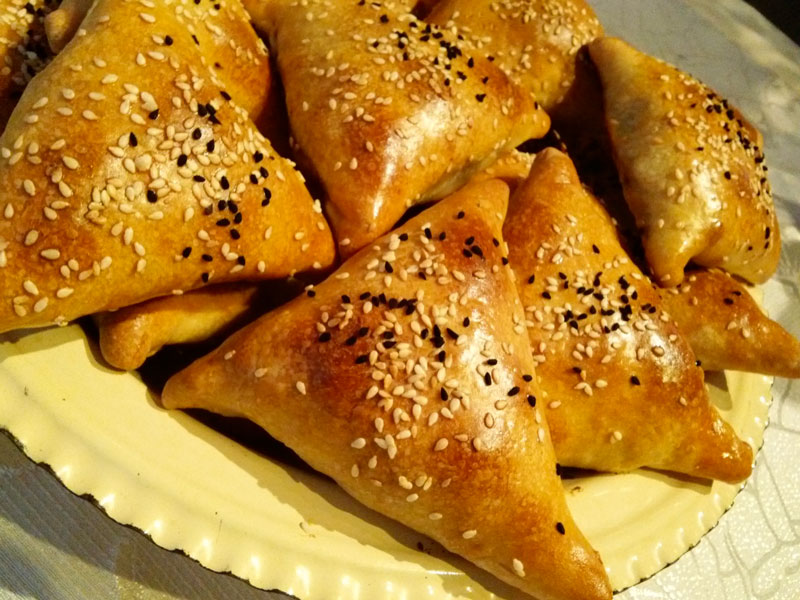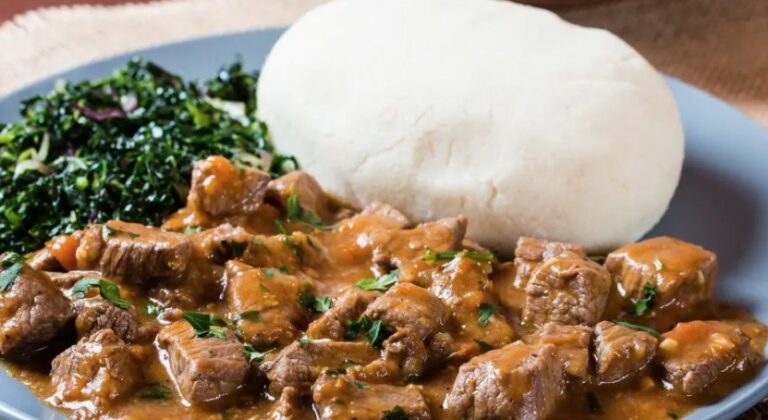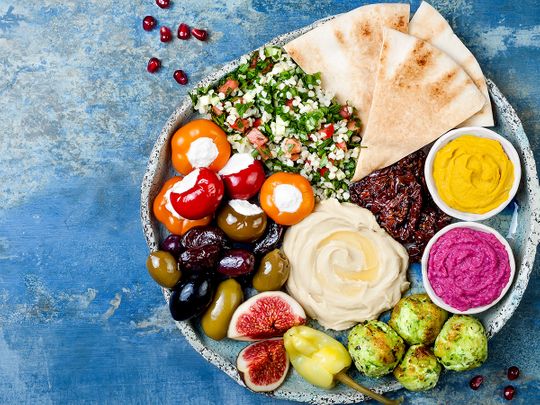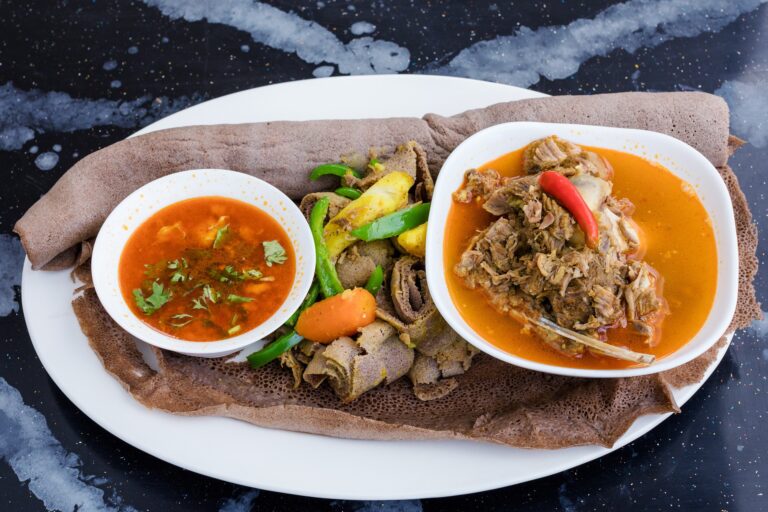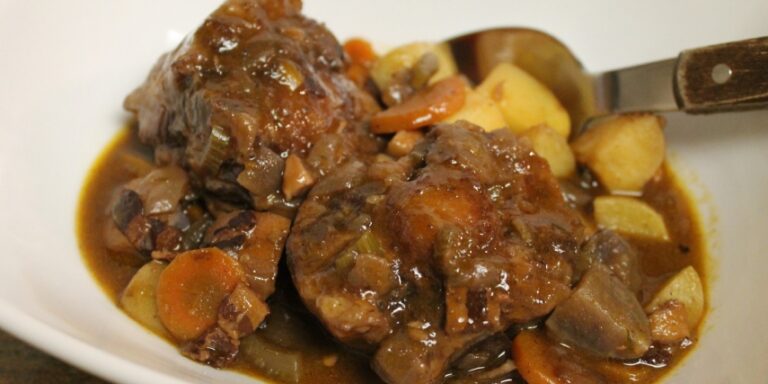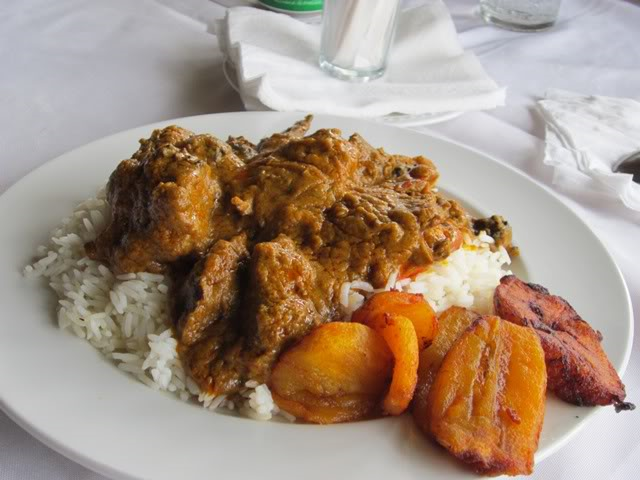Introduction: Exploring Laotian Cuisine Beyond the Classics
Laotian cuisine is a hidden gem of Southeast Asian cuisine, with a unique blend of flavors and influences from neighboring countries like Thailand, Vietnam, and China. While staple dishes like sticky rice, larb, and papaya salad are well-known, there are plenty of lesser-known regional dishes and ingredients that are worth exploring. From hearty noodle soups to crunchy snacks made from riverweed, Laotian cuisine offers a wide range of flavors and textures to delight the adventurous eater. In this article, we’ll take a closer look at some of the lesser-known regional dishes and ingredients in Laotian cuisine.
Khao soi: A Hearty Noodle Soup from Luang Namtha Province
Khao soi is a hearty noodle soup that is popular in northern Laos, particularly in the province of Luang Namtha. This dish features thick and chewy rice noodles in a rich, savory broth made with meat (usually beef or pork), tomatoes, and a variety of herbs and spices. Some versions of khao soi also include egg, tofu, or vegetables like mushrooms and bok choy. The soup is typically garnished with fresh herbs like cilantro and green onions, and served with a side of crispy fried noodles for added texture.
Or Lam: A Savory Stew from Northern Laos with Wild Herbs and Vegetables
Or lam is a traditional stew that originates from the hill tribes of northern Laos. This hearty dish is made with a variety of ingredients, including pork, beef, or chicken, as well as a medley of wild herbs and vegetables like bamboo shoots, eggplant, and lemongrass. The stew is typically cooked in a clay pot over an open flame, giving it a smoky flavor and tender texture. Or lam is often served with sticky rice and jeow bong, a spicy fermented chili paste (more on that later!).



